After more than a decade of providing curricula in biblical Hebrew and Koine Greek, we are excited to offer our first book in Aramaic: Living Christian Aramaic: Introduction Part One !
As you might be aware, Christian Aramaic, also commonly known as Classical Syriac, is a different dialect of Aramaic from that found in the Hebrew Bible / Old Testament. The biggest difference between Christian Aramaic (or Syriac) and the Aramaic of the Hebrew Bible / Old Testament is that Syriac uses a cursive alphabet that is developed from the square script used in the Hebrew Bible / Old Testament. Another difference is that a few of the word endings are different and one of the ‘a’-vowels has shifted to ‘o’.
This means that if you worked through our new Living Christian Aramaic: Introduction Part One, you would find the Aramaic chapters in Daniel and Ezra (Old Testament) written with letters that look like Hebrew and sounding a little different from the Aramaic dialect we are presenting. You might then need to learn the Hebrew alphabet (though we hope most learners will prioritize Hebrew above Aramaic in biblical studies) and occasionally consult an additional grammar reference to function in biblical Aramaic.
So why then, you might be wondering, did we publish a book in Christian Aramaic (Syriac) and not in the Aramaic of the Hebrew Bible / Old Testament?
The reason is pedagogical and comes with a larger picture in mind. The Biblical Language Center is committed to giving its students the highest competencies possible in the biblical languages, and not to take a short cut that compromises quality or continued growth. We are also committed to teaching the biblical languages ‘immersion style,’ meaning we teach biblical Hebrew in biblical Hebrew, and Koine Greek in Koine Greek. Ideally, we would like to teach biblical Aramaic in biblical Aramaic. The problem is that there is too little Aramaic in the Hebrew Bible / Old Testament to conduct a class in it. By contrast, the broad vocabulary of Christian Aramaic (Syriac) is preserved for us in a wealth of ancient Bible translations, commentaries, liturgy, essays and poetic works (see this post).
Since there is not enough Aramaic in the Hebrew Bible / Old Testament to cover the basic breadth of the language and allow us to use it in a multiplicity of contexts in the classroom, we needed to consider best options. Our conclusion: Christian Aramaic (Syriac) is the most widely attested Aramaic dialect and is the best choice for fully learning an Aramaic dialect. It also remains linguistically connected to biblical Aramaic and is highly useful for biblical studies in its own right. Therefore we have developed this course in a dialect of Aramaic that differs slightly from biblical Aramaic, but allows students to speak and read about a wide breadth of topics, and sets the stage for growth that can include other dialects of Aramaic, such as Targumic and Biblical Aramaic.

Thank you for explaining this, it was just what I needed to understand, but I do have a question still; is Biblical Aramaic, Classical Aramaic? If not, what is Classical Aramaic, and what is the difference compared to Biblical Aramaic?
There are some differences of opinion, but Biblical Aramaic is generally regarded as a subset of Official/Imperial Aramaic. (Unlike Syriac, there is not a common reference to “Classical” Aramaic. Syriac has a much larger literary corpus.)